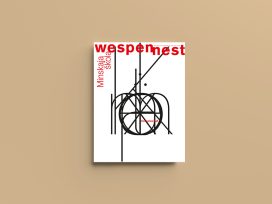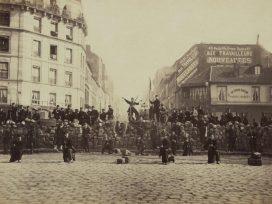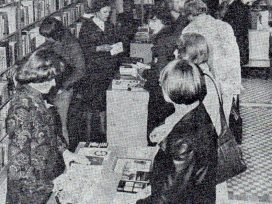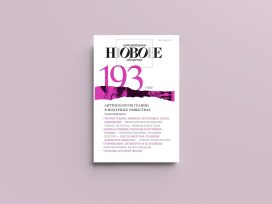In Turkey, the 1980s were a time when the cartoonists of the ’50s continued to run their traditional political humour strips in the press. Younger cartoonists, however, were either casting humour aside and getting involved in harsh political critique, or abandoning style and content for slapstick. This was the time Semih Poroy began to appear in the press. What I believe distinguished him among his peers was the prevalence of humour in his drawings. This, coupled with his powerful drawing, brought him closer to the generation of cartoonists from the fifties. This is also apparent in his preference for old symbols and traditional analysis. His sensitivities and perseverance soon took him to other areas of the art of cartoon drawing.
His character Harbi (sort of an “honest John” figure) sometimes gets involved in current political and social issues, but prefers to interact with ordinary people in their day-to-day personal life. The most significant change the character has undergone in all these years is the loss of a strand of hair on his head. One great cost-cutting measure for his illustrator! Harbi is still regularly featured.
Poroy’s smooth and vivid artistry sometimes takes him to more graphic styles. His depiction of the urban landscape catches your attention and makes a lasting impression. However, there is no balance of supply and demand between the cartoonist and the publishers for these particular illustrations.
He is also a truly skilled portrait artist. But as much as he enjoys doing this type of drawing he does not like to be called a portrait artist – in spite of having written a book on the subject!
Many of the cartoonists of the ’50s were close friends with literary critics and men and women of letters, a relationship you could always sense in their drawings. When looking at Poroy’s art, his contact with the world of literature reveals that very dimension. His Feklavye (Turkish [F] Keyboard) series display colourful, critical, humorous and ironic observations by a cartoonist truly enjoying this literary connection.






